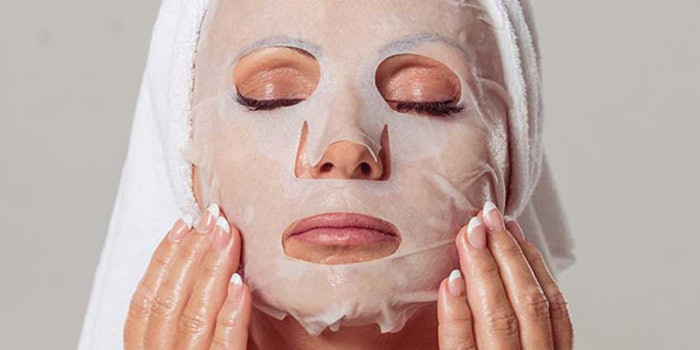
The global mass anti-aging market stood at $13.3 billion in 2016, compared to $11.8 billion for the premium sector (Page 29)*. However, some reports show that the U.S. market has experienced some stagnation in standalone anti-aging product sales, reflecting millennial consumers’ turn toward multifunctional and preventative skin care products. Now, as we prepare to go to press, Michelle Lee, editor in chief of Allure, has just published her September editor’s note, which declares, “Allure Magazine Will No Longer Use the Term ‘Anti-Aging.’”
Is this the end of anti-aging? Not exactly.
Lee’s column argues that “changing the way we think about aging starts with changing the way we talk about aging” and that, by using the anti-aging terminology, “we’re subtly reinforcing the message that aging is a condition we need to battle.”
While she doesn’t suggest that the beauty industry or its consumers turn their backs on hyaluronic acid or retinol or other conventional anti-aging solutions, she does issue a call to action: “We know it’s not easy to change packaging and marketing overnight. But together we can start to change the conversation and celebrate the beauty in all ages.”
This appears to be a pivot in the marketing conversation, if not the technical substance of the aging-related products brought to market. While women appear to be seeking a more subtle response to aging and a more nuanced conversation around the subjects of age and aging, innovation in active ingredients, as well as expanded claims in the areas of UV, blue light, pollution and other factors, will likely continue apace.
The brands that truly understand the complex, shifting relationship between consumers and aging will be the ones that propel anti-aging into its next era, whether we call it pro-aging, well-aging or something else altogether.
See you next month.
Jeb Gleason-Allured
Editor in Chief
[email protected]
___________________________________________________
Footnote:
*Source: Euromonitor International 2017; www.euromonitor.com











